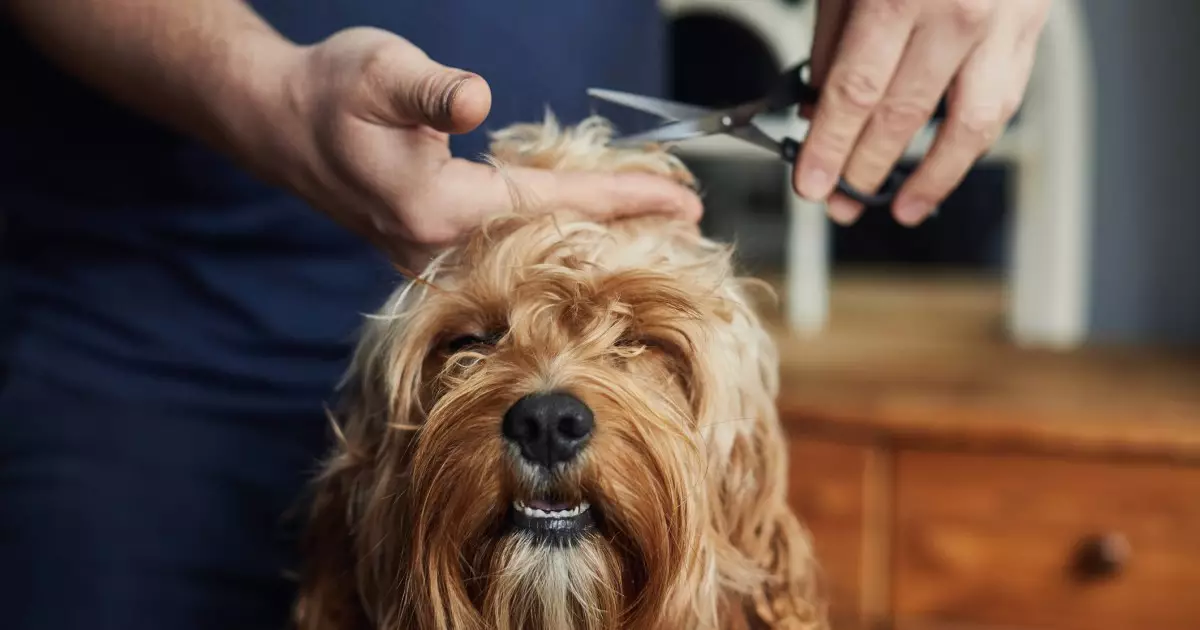Grooming your dog at home can feel daunting, especially for new pet owners who might not know where to begin. However, with the right techniques and a bit of patience, creating a grooming routine that keeps your dog healthy and happy is achievable. Not only does regular grooming keep your pet’s coat shiny and free from dirt, but it can also enhance your bond with them. In this article, we’ll explore tips and best practices for pet grooming that every dog owner should consider.
Each dog breed has unique grooming requirements based on their coat type, size, and activity level. For example, short-haired breeds like Bulldogs or Beagles typically require less grooming than long-haired breeds such as Golden Retrievers or Shih Tzus. A dog’s lifestyle also plays a significant role in its grooming needs; outdoor dogs may require more frequent grooming due to potential dirt and debris collected in their fur.
Before commencing any grooming session, take note of your dog’s temperament. Some pets may be more comfortable with grooming than others. If your dog is anxious or excitable, it’s beneficial to begin grooming during a calm moment, such as after a walk or playtime.
The environment in which you choose to groom your dog is crucial. Make sure you set up a quiet and distraction-free space. Utilize non-slip mats to prevent your dog from slipping, which can increase their anxiety during the process.
Additionally, gather all the necessary tools before beginning. Having brushes, combs, shampoos, and nail clippers at the ready eliminates interruptions during grooming sessions. This not only streamlines the process but also helps keep your dog relaxed.
To make grooming a seamless experience, establishing a routine is essential. Start with short sessions of 5 to 10 minutes if your dog is not accustomed to being handled. Gradually increase the time as your dog becomes more comfortable. Incorporating positive reinforcement, such as gentle praise and treats, helps reassure your pet that grooming is a pleasant activity.
Start by gently petting your dog to familiarize them with your touch. Over time, begin to introduce grooming tools. Each time your dog is groomed without a hitch, reward them with a treat, promoting positive behavior.
Understanding the differences in grooming tools and techniques based on coat type is key to maintaining a dog’s coat health.
1. Short-Coated Dogs: Breeds such as Beagles and Dalmatians usually require minimal grooming—typically once a week. Utilize a soft-bristle brush to remove dirt and dead hair. Finish with a chamois cloth for an attractive sheen.
2. Medium-Coated Dogs: Breeds like Border Collies require more diligence as they can develop mats. Use a slicker brush to remove tangles, followed by a bristle brush to capture loose hair.
3. Long-Coated Dogs: For breeds with longer fur, such as the Cocker Spaniel, daily grooming is essential. A slicker brush is effective for detangling, followed by thorough brushing to prevent mats from forming.
Keeping the coat healthy reduces skin irritations and prevents larger issues, such as ear infections or matting, from developing.
Bathing your dog is another fundamental component of their grooming routine. Generally, it is advisable to bathe your dog at least every three months, but this may vary based on activity levels and lifestyle. Here’s a straightforward bathing process:
1. Prep your dog by brushing out knots and any loose hair.
2. Use lukewarm water in a tub with a rubber mat to prevent slipping.
3. Gently wet your dog’s body using a handheld shower or cup, avoiding their eyes and ears.
4. Apply a mild dog shampoo, working it into their coat before rinsing thoroughly.
5. Check their ears for any dirt or excess wax and clean carefully with a vet-approved solution.
Ensure proper drying by using a towel or a low-heat hair dryer. After bathing, keep your furry companion indoors to avoid the immediate urge to roll in dirt or grass.
Nail trimming can be a challenging but necessary grooming task. Regularly inspect your dog’s paws for debris, and during nail trimming, be cautious of the quick to avoid bleeding. If your dog appears sensitive or fearful, consider acclimating them with gentle touching around the paws in the lead-up to trimming.
For breeds prone to skin issues, such as Pugs, it’s essential to pay additional attention to skin folds to prevent moisture accumulation and irritation. Keeping wrinkled areas clean and dry is crucial to their overall well-being.
Grooming your dog at home doesn’t have to be a chore. With understanding and a commitment to regular care, you can ensure that your pet remains healthy and happy. By incorporating these techniques, you’ll not only maintain a clean coat and trim nails but also build a stronger bond with your furry friend, turning grooming into a rewarding experience for both of you.

